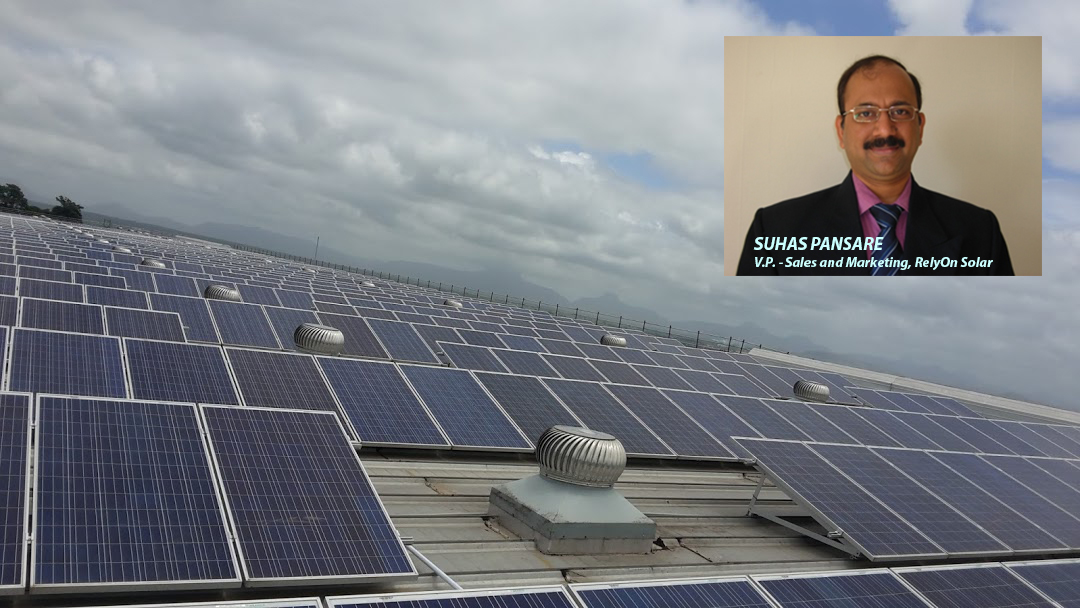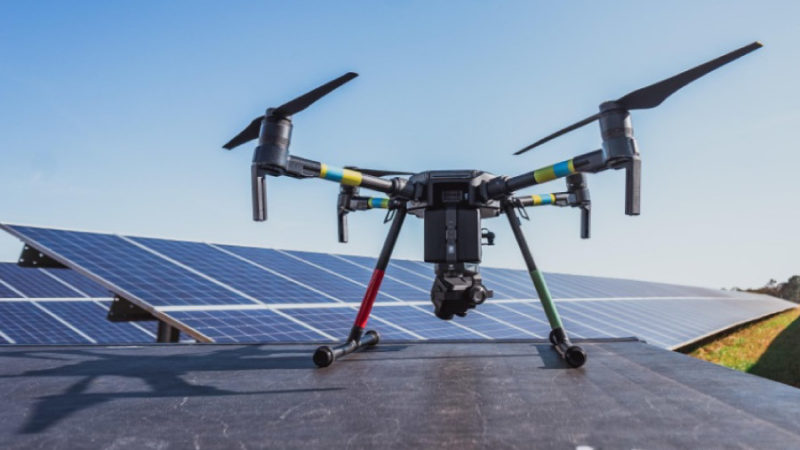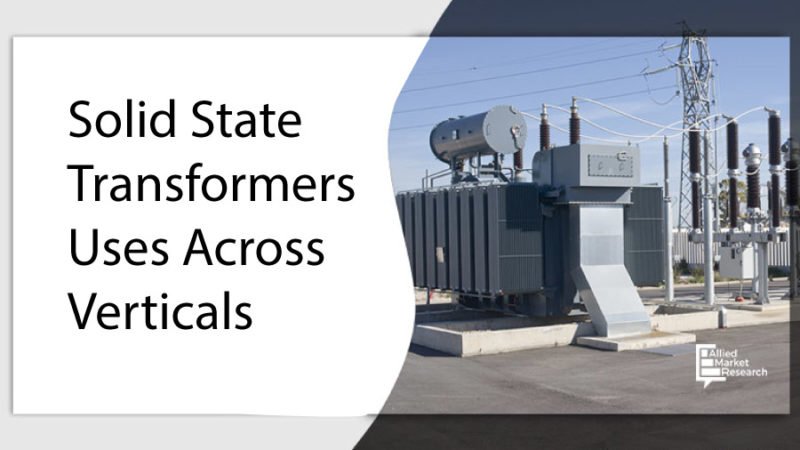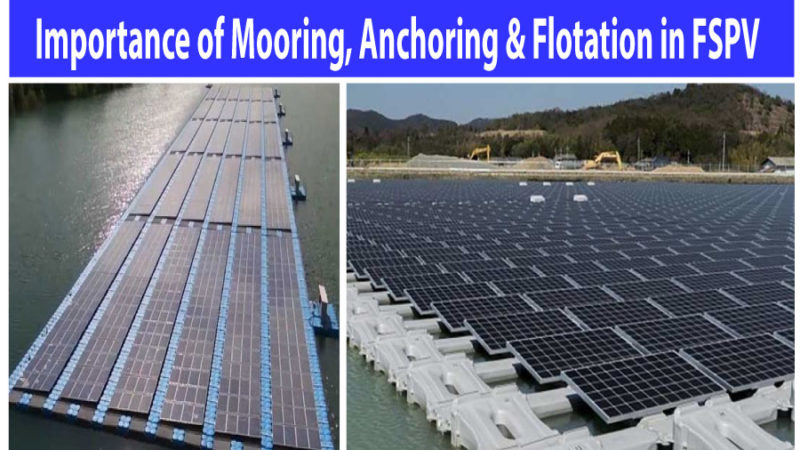Is the Sun really Shining on Solar Rooftop ?

It is no secret that India has huge potential of solar power. Its importance gets further boost when we consider its critical role in reducing dependence on precious crude oil for our power need. It was hence logical for Indian Government to set ambitious target of 100 GW of solar power capacity to be achieved in seven years between 2015-2022. This had a mix of 60 GW large solar parks and 40 GW of small to medium capacity but large number of rooftop systems. By the end of June 2019, India has reached total of 31.5 GW of installation base of solar power plants – which is close to 9% of India’s total capacity of power generation.
India ranks among top five in installation base of solar power at global level. The above includes close to 4.5 GW of rooftop and remaining large solar parks. While the solar parks have reached 50% of its target, rooftop is a laggard with achieving only 10% of the target. This has been a bumpy ride for rooftop solar so far.
Rooftop segment is lucrative for customers in I & C (Industrial & Commercial) segment. Even without any subsidy, solar power is economical over grid power in majority of the states. It is no brainer not to adopt solar power. But the dismal penetration speaks different story. Last two years witnessed four major factors (imposition and ambiguity on GST, imposition of 25% safeguard duty import of solar PV panels and its component(s), state level implementation of regulations and reneging the past deals) contributing to hurdles on this journey.
Before GST regime, most of the states had zero VAT on solar power plants. Post GST, in the initial period, the industry operated with 5% GST, which itself was adding to the costs. Over the time, there were multiple advanced rulings declaring solar power plants would come under 18% GST. This was a rude shock for the industry which was poised for exponential growth. The clarity by December 2018 settled the issue albeit it levies gross 8.9% GST on the plant cost. This not only meant the solar power plants became expensive by almost 10% but these flip-flop in the policies had many stakeholders of the sector like developers, investors and of course customers step back from their ambitious plans.
Adding to the woes, in August 2018 India imposed safeguard duty of 25% on import of solar panels and its components from certain countries (China). This meant an impact on the project costs to the tune of 8-12%. These measures do not auger well for the sector which is supposed to leapfrog for some time.
Power falls under both the Central and State level subject. Diversity of policies in different states and its inefficient implementation is a dampener. Owing to its unique nature (power generation during limited time of the day) solar power needs support through mechanism of net metering. This is a mechanism which rooftop customers are so keen to leverage. But this is equally cursed due to its shoddy implementation. DISCOMS’ hostile attitude towards rooftop segment and net metering or open access policies and regulations have the potential customers of solar power think twice before its adoption. Industry has made many representations at various forum to streamline this. However, a lot needs to be still done on this front.
Solar power is economical over grid power. Even then, the Government offers well intentioned subsidies to the residential and non-profit organizations. These are distributed through State Nodal Agencies (SNA). Claiming these subsidies is a tedious process and tries patience of the customers.
Another factor which does not relate to rooftop segment directly, but has an impact is re-negotiation of past PPAs (power purchase agreements). Couple of years ago, UP Discom called the developers to renege the PPAs. Recently, AP Government also took steps in this direction. This sent a wrong signal to the developers, investors and even customers.
While the above are macro level issues on plaguing the rooftop sector, the operational issues too have cast shadow on its penetration. All the stakeholders of the sector mentioned above are at receiving end due to these factors.
The prices of solar panels dropped dramatically over last ten years. But this also means no norm for the right price. Every customer thinks he may get a further lower price and suppliers are more than willing to offer the same. This often takes toll on the quality of design, components, installation, operations and maintenance of the system. The system which is supposed to perform at pre-determined level for duration of 25 years is found to under perform.
The lower cost does come with compromise in quality. The largest cost component being solar panels is likely to be the first casualty. Strict quality norms for solar panels would mean quality on its specifications (bill of material), manufacturing process and acceptance testing. This has a marginal higher cost. Currently, there is no standard which will clearly define quality of solar panel which will ensure projected performance for 25 years. Compromise on quality of solar panels has permanent effect on performance of the plant in its lifetime.
Another factor affecting the cost and hence the plant performance is quality of structure. In a rush to lower the costs, there is trend to lower the tonnage per KW for structure. This is a risk as the structure forms the backbone of the plant. The incidences of structures giving way even in not-so-harsh weather conditions are frequently reported.
In summary, to boost the penetration of rooftop solar, it is necessary for the Government to provide clarity and stability in policies like net metering, taxes and duties (GST, safeguard duty). Efficient implementation of these by way of single window clearance, faster processing of various applications and approvals would go big way in quicker execution of the projects. Basic norms or standards for project BoM will support good quality plants and its performance.
Rooftop solar has large potential which can be converted in real opportunity benefitting all including the Government, Customers, Developers, Investors and EPC companies. It needs fine tuning on the factors mentioned above.
Contributed By: SUHAS PANSARE – V.P. – Sales and Marketing, RelyOn Solar (P) Ltd. ; Email :suhas.pansare@relyonsolar.com








